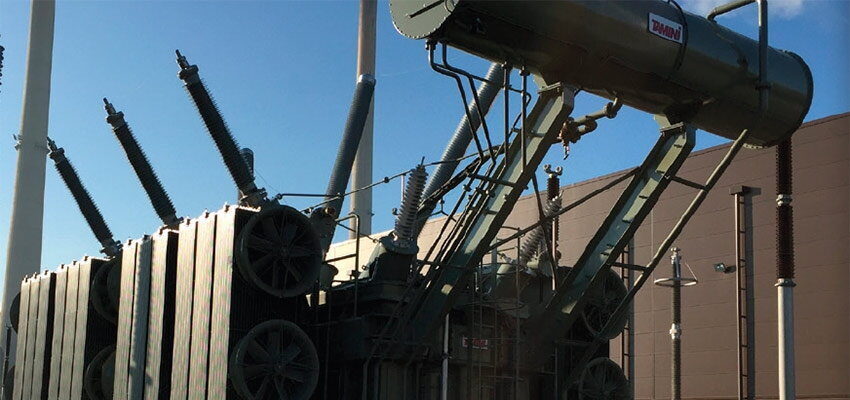
Design and delivery of Ireland’s largest transformer
Abstract Due to constraints in the Irish transmission system, the Irish Transmission System Operator called for increased capacity in the network to cater for increased...
byRobert Le Roux

Abstract
Due to constraints in the Irish transmission system, the Irish Transmission System Operator called for increased capacity in the network to cater for increased renewable generation by adding a 500 MVA, 400 kV transformer and a new 400 kV GIS substation on the Atlantic west coast. Due to the network configuration, the insulation level of Ireland’s 400 kV system is rated at 550 kV, resulting in more stringent requirements for design and testing to ensure insulation coordination.
A detailed functional and technical specification was produced, which included stringent requirements for corrosion protection, over-fluxing, short circuit withstand, impedance envelope, conditional monitoring, testing and delivery.
Delivery and installation of this large transformer to the remote location of the site, prone to heavy Atlantic swells and gale force winds, took place in winter, which increased the risk of moisture contamination of the oil and RIP-type bushings. Through careful planning and coordination, the entire operation worked out successfully.
Keywords: specification, design, manufacture, delivery, installation
1. Introduction
Under the National Renewable Energy Action Plan (NREAP), submitted to the European Commission in July 2010, the Irish government has committed to 40% of electricity generated from renewable sources by 2020. EirGrid, the Transmission System Operator for Ireland, has established the Grid 25 programme to marry together this government target and the anticipated needs of existing and future grid users. Grid 25 is a high-level strategy outlining how EirGrid intends to undertake the development of the electricity transmission grid in the short-, medium- and longer-terms to support a long-term sustainable and reliable electricity supply. It seeks to implement the provisions of the 2007 Government White Paper on Energy – Delivering a Sustainable Energy Future for Ireland in terms of development of electricity transmission infrastructure.
To date, wind energy (21% in 2015) is the main source of renewable electricity generation in Ireland. The current total wind capacity is over 2,000 MW generated from over 190 wind farms, mainly consisting of wind farm clusters in the north-west and south-west of the island. The redevelopment of Moneypoint 400 kV GIS substation is the key gateway in delivering this wind generation from the south-west of the country to the main load centres in the east of Ireland.
The focus of this article is to outline the development of this project and its timelines along with the key technical issues unique to the Irish 400 kV system that had to be considered and managed in the selection of the transformer.







